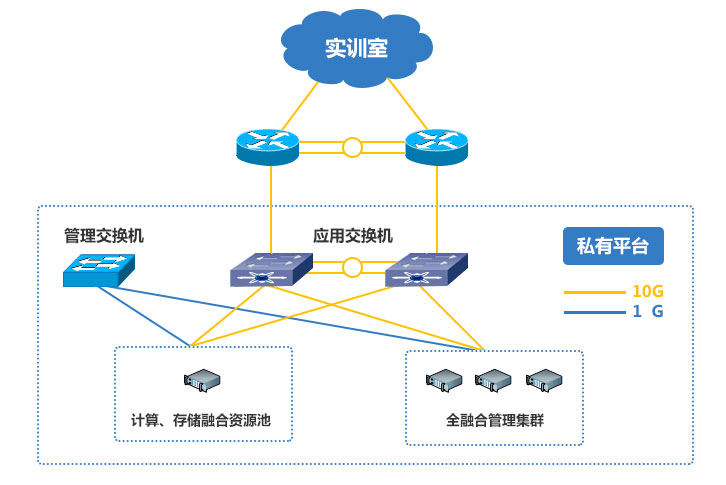

This is the main difference, if your logs are on the same machine that you are running logstash, you can use the file input, if you need to collect logs from remote machines, you can use filebeat and send it to logstash if you want to make transformations on your data, or send directly to elasticsearch if you don't need to make transformations on your data.Īnother advantage of using filebeat, even on the logstash machine, is that if your logstash instance is down, you won't lose any logs, filebeat will resend the events, using the file input you can lose events in some cases. Logstash is most known for being part of the ELK Stack while Fluentd has become increasingly used by communities of users of software such as Docker, GCP, and Elasticsearch. 1) To use logstash file input you need a logstash instance running on the machine from where you want to collect the logs, if the logs are on the same machine that you are already running logstash this is not a problem, but if the logs are on remote machines, a logstash instance is not always recommended because it needs more resources than filebeat.Ģ and 3) For collecting logs on remote machines filebeat is recommended since it needs less resources than a logstash instance, you would use the logstash output if you want to parse your logs, add or remove fields or make some enrichment on your data, if you don't need to do anything like that you can use the elasticsearch output and send the data directly to elasticsearch. I have cluster where i am running filebeat as demon service and following is the configmap for the same.


 0 kommentar(er)
0 kommentar(er)
